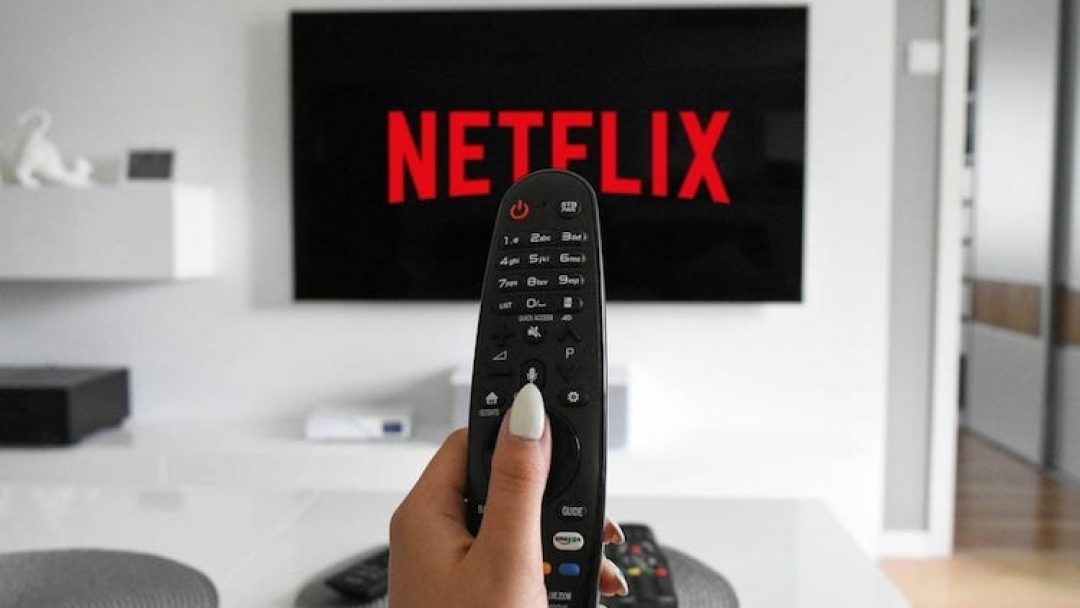Netflix is making a move that might frustrate customers. If there was ever a question if Netflix would follow through with plans to cut down on password sharing, the time has come.
Netflix is cracking down on password sharing and the change will start soon. The focus is on the subscribers who share passwords with those not living under the same roof.
How does Netflix plan to stop password sharing? If the streaming platform catches someone password sharing, the subscriber will not be kicked off, but will be expected to pay up.
An estimated 100 million users are expected to be impacted by the change, according to the company, which will roll out by the end of March. This is not expected to be a popular move by customers, but the change is about getting subscriber growth back on track for the company. The move came after Netflix announced in July it had lost roughly one million subscribers in the previous quarter.
Subscribers who wish to keep sharing with family or friends outside of their household will have the ability to pay for “sub-accounts” for extra members. Netflix has been running a test in Peru, Costa Rica and Chile, where users outside of the primary household of the account were forced to create sub-accounts for the cost of $2 to $3. Netflix has not yet shared how much the additional add on cost will run in the U.S.
To transfer a profile, go to the ‘Transfer Profile’ option when you hover over your profile icon in the dropdown menu on the homepage — then simply follow the instructions. You can always turn off Profile Transfer in your account settings at any time.
It is reported that Netflix will not be the only streaming service to get serious on password sharing. Streaming services such as Apple TV, HBO Max, Hulu, Apple TV and Disney Plus are considering similar methods.
In addition, Netflix has been looking at ways to keep the cost of plans down and recently revealed a new ad-supported plan in November. Subscribers have the option to pay less than its standard commercial-free model. That plan runs $6.99 per month, which is three dollars less than the service’s basic ad-free plan.








